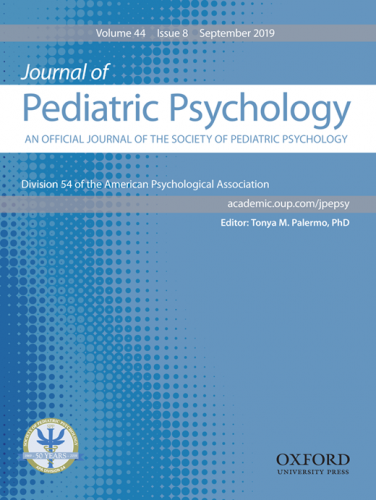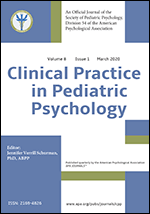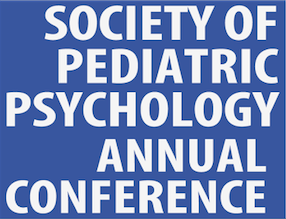Fact Sheet: Hemophilia in Children and Adolescents
Hemophilia is a hereditary bleeding disorder caused by inadequate production of coagulation factors essential for effective blood clotting. Hemophilia is commonly inherited, but this condition may be acquired if the body forms antibodies that attack clotting factors in the bloodstream, preventing them from working properly.
Prevalence and Course
Approximately 17,000 people in the United States have hemophilia. Hemophilia is classified into three categories based on the plasma concentration of clotting factors. Individuals with severe hemophilia may experience bleeding as early as 12 months of age. Those with moderate hemophilia are often diagnosed by age five. Mild hemophilia may not be recognized until a tooth removal or surgery later in childhood. Bruising, substantial bleeding from minor injuries, and joint hemorrhaging are common short-term problems. Long-term complications include permanent damage to joints, tissue damage, severe pain and muscle atrophy.
Health and Psychosocial Consequences
Psychosocial effects for children and adolescents with hemophilia vary. Typical activities (e.g., athletics) and oral health care (e.g., dental procedures), may need to be closely monitored to minimize risk of bleeding. Such limitations may leave children and adolescents feeling isolated or different from typically developing peers. A number of children with hemophilia were inadvertently exposed to HIV in the early 1980s. Children with hemophilia who are HIV positive have shown an increase in anxiety diagnoses compared to children with hemophilia who were HIV negative.
Evidence-based Assessment
Coping, locus of control, life satisfaction and social support continue to be important areas to consider for psychosocial assessment. Coping with the chronic nature of hemophilia and pain associated with insults such as joint bleeds should also be evaluated. See Blount, et al. (2008) for empirically well-established measures.
Culture, Diversity, Demographic and Developmental factors
The most common forms of hemophilia are linked to the X chromosome and, therefore, males are most affected. Females are carriers and usually do not have symptoms, but may still have excessive bleeding. Early developmental milestones may be impacted by experiences of pain, such as with joint bleeding in severe hemophilia. In adolescence, individuals must decide how much they share about their chronic illness with peers or employers. Into adulthood, other concerns associated with other chronic pain diagnoses should be considered, such as negotiating use of pain medication and maintaining daily functioning.
Evidence-based Interventions
Prevention and intervention efforts have focused on minimizing episodes of severe bleeding and providing individual and family therapy to increase quality of life. Family adjustment to hemophilia is important to consider. Encouraging children with hemophilia and their families to communicate about the disorder can also be helpful. In general, cognitive-behavioral approaches have been shown to be effective in pain management. Family therapy may also assist efforts to enhance level of functioning.
References
Bullinger, M., & von Mackensen, S. (2008). Psycho-social determinants of quality of life in children and adolescents with haemophilia—A cross-cultural approach. Clinical Psychology and Psychopathology, 15, 167-172.
Becker, M., Axelrod, D.J., Oyesanmi, O., Markov, D.D., & Kunkel, E.J. (2007). Hematologic problems in psychosomatic medicine. Psychiatric Clinics of North America, 30, 739-759.
Blount, R.L, Simons, L.E., Devine, K.A., Jaaniste, T., Cohen, L.L., Chambers, C.T., & Hayutin, L.G. (2008). Evidence-based assessment of coping and stress in pediatric psychology. Journal of Pediatric Psychology, 33, 1021-1045.
Casey, R.L., & Brown, R.T. (2003). Psychological aspects of hematologic diseases. Child and Adolescent Psychiatry Clinics of North America, 12, 567-584.



